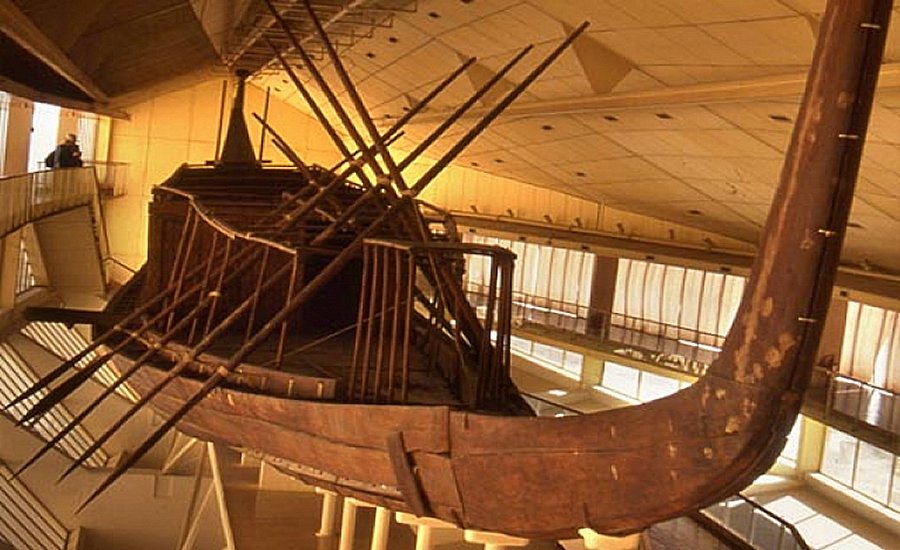I thought they already knew they built them out of big rocks
Yeah from the bottom up, because top down looks much more difficult
You knever know with those clever buggers!
Hmm yes perhaps with a system of springs and pulleys, one could contrive otherwise
Getting the stones to the construction site is one thing.
Stacking them up in a pyramd shape, though, is a way bigger problem that still generates debates - and loads of crazy and stupid ideas, too.
Yeah, top down you’d have to juggle many pieces at once ;)
But now we know those big rocks can float. I imagine they threw the rocks in the water, attached an outboard and just putt-putted along until they got to the pyramid.
To everyone saying the Great Pyramids were built by slaves, no, that’s a misconception and was accepted historic fact in the past but has been amended.
From the Wikipedia article on Egyptian pyramid construction techniques:
The Greeks, many years after the event, believed that the pyramids were built by slave labour. Archaeologists now believe that the Great Pyramid of Giza (at least) was built by tens of thousands of skilled workers who camped near the pyramids and worked for a salary or as a form of tax payment (levy) until the construction was completed, pointing to workers' cemeteries discovered in 1990. For the Middle Kingdom pyramid of Amenemhat II, there is evidence from the annal stone of the king that foreigners from Canaan were employed.Evidence suggests that around 5,000 were permanent workers on salaries with the balance working three- or four-month shifts in lieu of taxes while receiving subsistence "wages" of ten loaves of bread and a jug of beer per day. Zahi Hawass believes that the majority of workers may have been volunteers. Most archaeologists agree that only about 4,000 of the total workforce were labourers who quarried the stone, hauled blocks to the pyramid, and set the blocks in place. The vast majority of the workforce provided support services such as scribes, toolmakers, and other backup services.Link to the Wikipedia article: https://en.wikipedia.org/wiki/Egyptian_pyramid_construction_techniques#Great_Pyramid
from the annal stone of the king
Sorry, but this sounds hilarious
So they think they have solved one small side aspect of the whole puzzle.
Not exactly what the title promised.
Lots of fun infographics/data at the studies link, contained in the article.
I love how people act like its sooo easy to float 2 ton blocks on a tiny fucking raft
 . Sure they did… now lets see if we can replicate it
. Sure they did… now lets see if we can replicate itSpoil alert: slavery. The river was the transport, but slaves did nearly everything else.
Nah seems to have been seasonal citizen workers. Ancient Egyptians didn’t have money, but they seem to have been ‘paid’ in food, grain, accommodation etc.
Yep, slaves has been debunked for years. Also they needed healthy well fed workers to make such a big construction. In the Fall of Civilizations podcast the host mentions graffiti that suggests healthy competition amongst employees.
Don’t forget beer. They were paid with lots of beer.
It is my understanding that beer was basically food in this time period
Born too early to explore the galaxy, born too late for beer to be my primary food source.
nope. everyone in the empire was required to spend some “civic duty” time in national service. It was mandatory. They’ve found the temp city that sprung up from the work camps.
Nope. At least not that way. Latest I’ve read is that the pharao taxed quite heavily, so people had to earn their own food back by working on public projects. Not really voluntary, but not slavery, either.
Today I learned.








